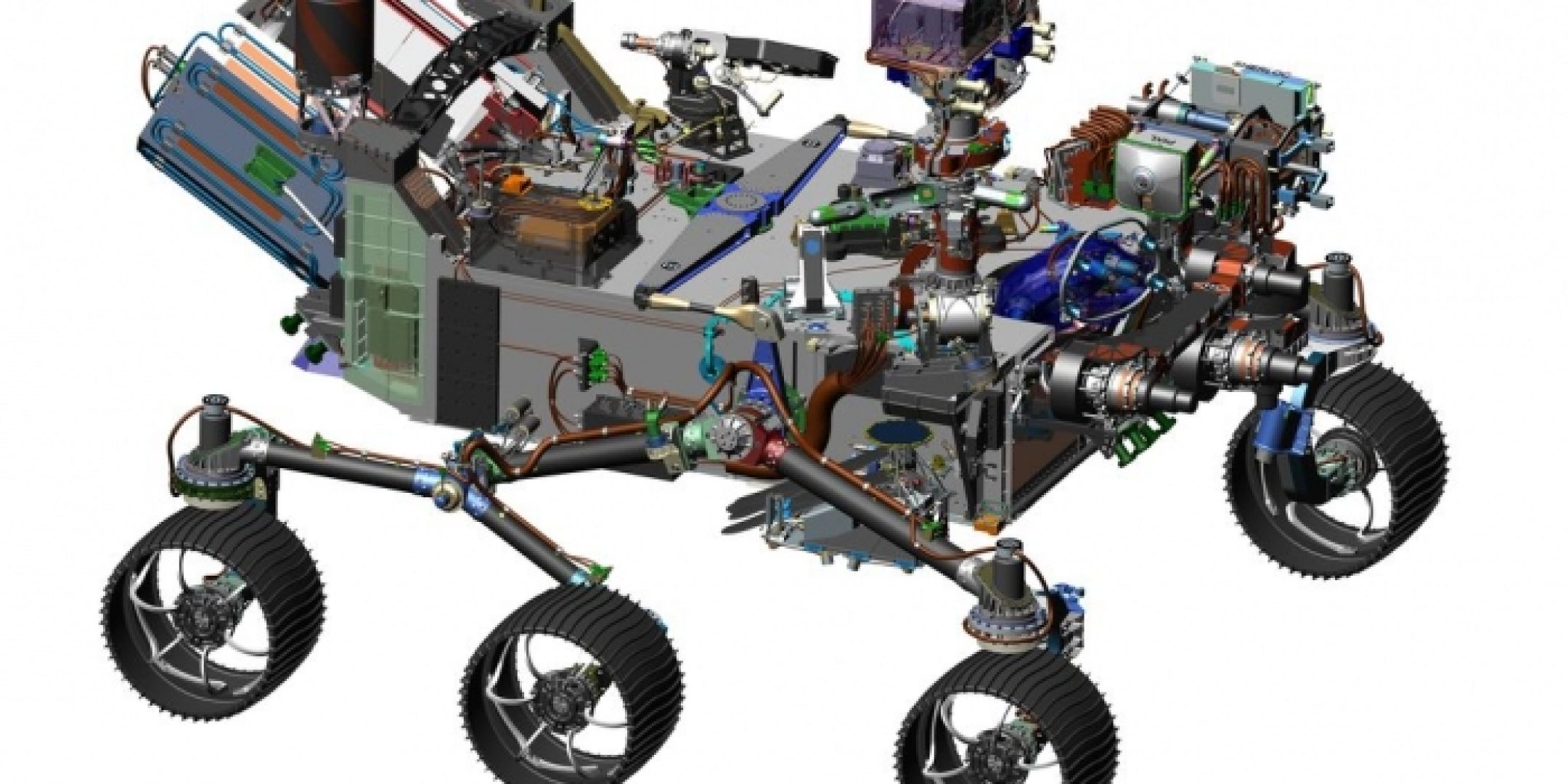NASA has announced the selection of Mars Microphone as one of the instruments for its Mars 2020 mission. Developed by the ISAE aeronautics and space institute with https://fscience-old.originis.fr/wp-content/uploads/2023/06/GLOC_Oslo_Norway_S2_27juillet2022_web-2-1.jpg oversight, Mars Microphone will be the first such sensor ever to operate on the surface of Mars. The new instrument will be integrated into SuperCam, an enhanced version of the ChemCam instrument that has been revealing the diversity of the red planet’s geology on the Curiosity Mars rover for four years now.
Sitting on the Mars 2020 rover’s mast to take advantage of its unique pointing capability, Mars Microphone is set to pursue a number of original science and technology objectives. Among these, it will:
- Study the sounds generated by laser impacts on Martian rocks to better understand their surface mechanical properties;
- Seek to gain new insights into surface atmospheric phenomena such as wind turbulence, dust devils and wind interactions with the rover;
- Analyse the sound signature of the rover’s movements, for example when it is using its robot arm, driving on flat or rugged terrain, and operating its pumps.
“This unique opportunity to hear for the first time sounds from Mars will add an extra dimension to the images we are getting from its surface,” explains David Mimoun, ISAE associate professor and principal investigator for Mars Microphone. Student projects will also be joining this technical and scientific adventure.
According to Xavier Jacob, a lecturer and research scientist specializing in acoustics at Paul Sabatier University’s PHASE laboratory: “If there were any Martians living there, they would most certainly have big ears.” Indeed, the atmospheric conditions on Mars (pressure, temperature and composition) do not favour the kind of acoustic propagation we are used to here on Earth. “That’s the main challenge facing this instrument, with a whole new sound environment to be discovered,” he adds.
Mars Microphone will be integrated with SuperCam and delivered early in 2018 to the Los Alamos National Laboratory (LANL) and then to the Jet Propulsion Laboratory (JPL) end 2018, where it will be mounted on the Mars 2020 rover. The mission will be launched in July 2020 and scheduled to land on Mars in February 2021. Operations are planned to last until August 2023.
https://fscience-old.originis.fr/wp-content/uploads/2023/06/GLOC_Oslo_Norway_S2_27juillet2022_web-2-1.jpg is overseeing SuperCam, for which it is contributing to the design and will be involved in operations on Mars. SuperCam is the result of close scientific cooperation between teams led by Dr Roger Wiens at LANL and Dr Sylvestre Maurice at the IRAP astrophysics and planetology research institute in Toulouse, France, with a contribution from the team of Professor Fernando Rull at Valladolid University, Spain.
Credit of the picture: NASA








